Birds That Sing at Night Discover the Mystery of Nocturnal Melodies
As the sun dips below the horizon, a different kind of symphony begins to unfold. Nocturnal birds, often overlooked during the day, serenade the night with their unique songs.
These feathered musicians have adapted to sing in the darkness, creating a mesmerizing soundscape that captivates listeners.
It’s a reminder of the beauty and complexity of the natural world. The rhythmic chirps and trills can soothe the soul and transport us to a place of peace and serenity.
Not all birds sing at night, but some species have adapted to this unique niche. One notable example is the Nightingale. Renowned for its powerful and melodious song, the Nightingale’s haunting tunes have inspired poets and musicians for centuries.
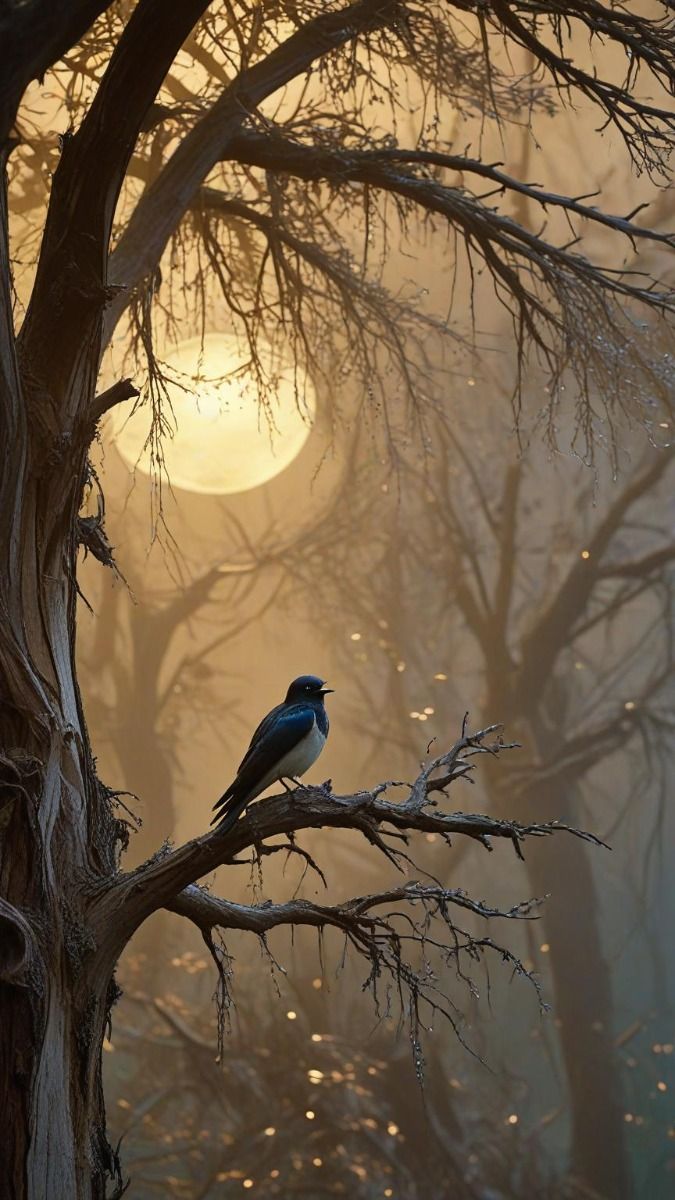
Top Birds Known for Singing at Night
1. The Nightingale (Luscinia megarhynchos)
The nightingale’s is known for its flutelike, melodious quality, blending deep, rich notes into intricate, powerful ballads. Male nightingales sing to attract mates, using more than 200 unique song types, which they perform primarily at night to avoid competition from other birds. Breeding occurs from April to July across North Africa, Europe, the Middle East, and Central Asia.
They migrate to tropical Africa during the winter months. Once common in Britain, nightingale populations declined by over 50% between 1995 and 2008, mainly due to habitat loss. However, populations remain stable in other parts of Europe and Asia, with an estimated 31 million individuals in euro.
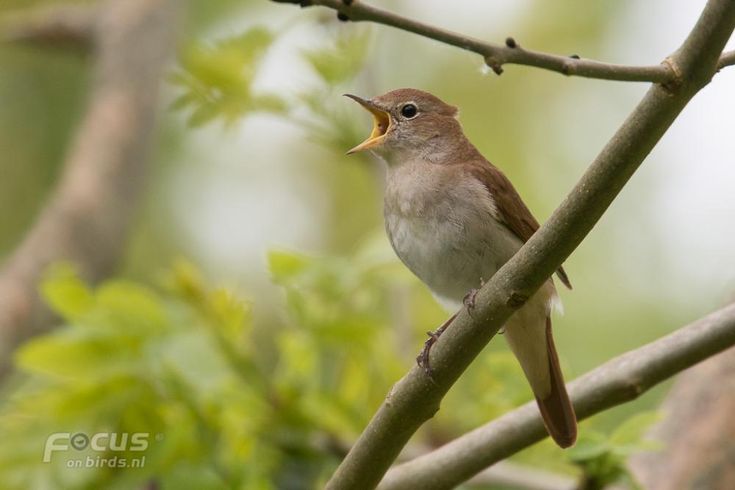
2. Eastern Whip-poor-will (Antrostomus vociferus)
Known for its namesake call, the whip-poor-will’s song is repetitive and distinct, often heard in forested or rural areas. The male’s call, repeated for minutes at a time, is commonly associated with quiet nights in the countryside. This bird can be found in eastern North America, particularly in deciduous and mixed forests. It migrates to Central America during the winter. The Eastern Whip-poor-will faces a population decline due to habitat loss and reduced insect availability. Despite the challenges, it is still commonly found in suitable habitats across its range.
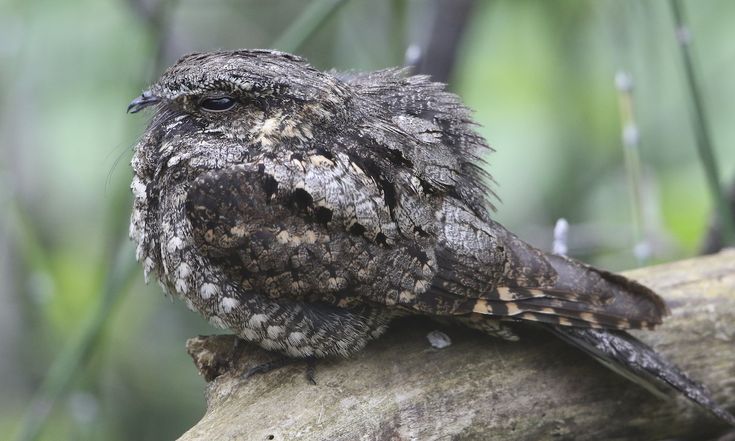
3. Northern Mockingbird (Mimus polyglottos)
Known for its mimicry, the Northern Mockingbird can replicate a variety of sounds, including other birds, mechanical noises, and human-made sounds. Males sing at night, especially during the breeding season and in well-lit urban areas influenced by artificial light. The Northern Mockingbird is widespread across North America, especially in urban, suburban, and rural areas with abundant shrubs and trees for nesting. The species is common and widely distributed, with stable populations due to its adaptability to various environments, including urban settings.
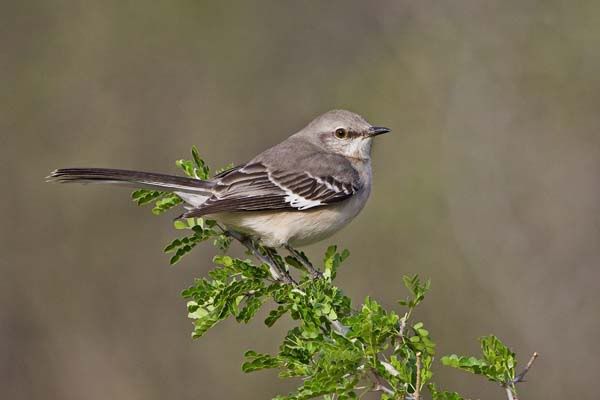
4. Black-crowned Night Heron (Nycticorax nycticorax)
Unlike songbirds, the Black-crowned Night Heron is known for its harsh, guttural calls rather than melodious singing. Its calls are haunting and typically heard during night foraging.
Found near bodies of water, such as marshes, wetlands, and estuaries, this species has a broad range across the Americas, Europe, Asia, and Africa. The Black-crowned Night Heron has a stable population globally, but certain regions face threats due to water pollution and habitat destruction.
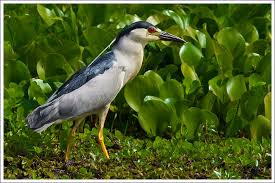
5. Yellow-breasted Chat (Icteria virens)
The Yellow-breasted Chat produces a variety of sounds, including whistles, chirps, and squawks, often in rapid succession. Known for its unusual nocturnal vocalizations, this bird’s song is both varied and complex.
Common in North America, it prefers dense shrubs and thickets, often near water sources, for breeding and feeding. Populations are relatively stable but vary regionally, with habitat loss posing a potential threat in some areas.
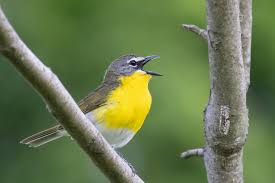
6. Barn Owl (Tyto alba)
The Barn Owl’s call is more of a screech than a song, creating an eerie soundscape at night. While not musical, its call is unmistakable and adds a distinct atmosphere to nighttime environments.
Barn Owls are found worldwide in open habitats, including grasslands, farms, and marshes, where they hunt small mammals. Though widespread, Barn Owls face threats from pesticide use and loss of nesting sites in certain areas.

7. Common Loon (Gavia immer)
Commonly heard in northern lakes, the Common Loon’s calls are hauntingly beautiful, including yodels, hoots, and wails that echo over water, especially at night.
Loons breed on freshwater lakes across Canada and northern parts of the United States, migrating to coastal areas for winter. Stable but sensitive to pollution, particularly lead poisoning from fishing sinkers, and habitat disruption.
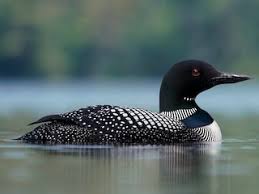
8. European Robin (Erithacus rubecula)
The European Robin is known for its sweet, melodious song, especially common in the evening. Males sing to establish territory and attract mates, occasionally performing at night in urban areas affected by artificial lights.
Found across Europe, in woodlands, gardens, and parks. Generally stable, though urbanization and habitat changes can affect local populations.
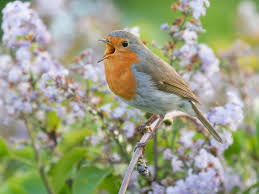
Frequently Asked Questions (FAQ)
Why Do Birds Sing at Night?
Birds sing at night for a variety of reasons, often related to mating, territory defense, and communication. Here are some of the key reasons,
- Mate Attraction
- Territorial Defense
- Communication
What birds are known for singing at night?
Here are some birds known for their nocturnal songs:
- Nightingale
- Whip-poor-will
- Common Poorwill
- Nightjar
- Great Reed Warbler
- Some owls
How can I identify nocturnal bird songs?
Identifying nocturnal bird songs can be a fun and rewarding challenge. Here are a few tips:
- Use a Field Guide or App
- Listen Carefully
- Consider the Habitat
- Consult Online Resources
- Join a Birdwatching Group
Do urban lights cause more birds to sing at night?
Yes, urban lights do influence some birds to sing at night. Artificial lighting, such as streetlights, commercial signage, and even residential lighting, can disrupt natural behaviors in birds, including their singing patterns. Typically, birds rely on natural light cycles for cues on when to be active or restful. However, in cities with significant light pollution, some birds experience an “artificial daytime,” which can confuse their biological rhythms, leading them to sing even after dark.
Studies have shown that birds like the European robin, Northern mockingbird, and song thrush are particularly affected by artificial lighting.
How can I stop birds from singing at night?
To reduce birds singing at night, try minimizing outdoor lights, as artificial lighting can confuse birds’ natural rhythms. Use low-intensity or motion-sensor lights, and consider soundproofing windows to lessen noise indoors. For nearby trees, gentle pruning may help make the area less attractive for nighttime activity.

Pingback: What Are Birds of Prey